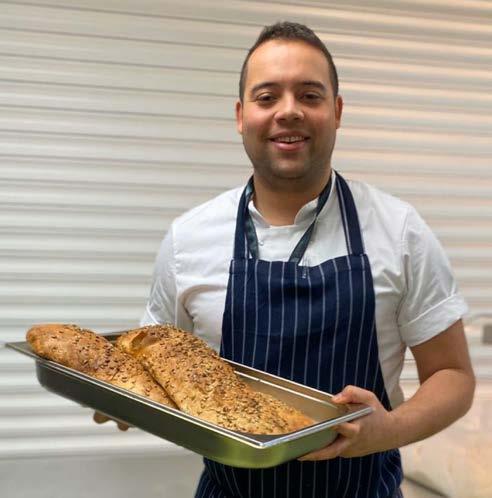
3 minute read
INTRODUCING NEW FLAVOURS AND INGREDIENTS TO CHILDREN IN SENS SCHOOLS
Charlie is Head Chef at Stormont House - a SEN school, where they’re experts at introducing new flavours and textures, ensuring children are excited about lunchtime and look forward to eating. Patience and a positive approach are key. Charlie always makes time to talk to the pupils about what they’re eating, finding out what they liked and disliked.
CHARLIE’S FOOD EDUCATION
Advertisement
Food education doesn’t have to be a set class, it can be as simple as chatting during lunchtime about whatever is on the plate. Charlie will also pop into classrooms to show pupils interesting ingredients before he cooks them - fish is always a showstopper.
“WE SHOW PUPILS THE FISH BEFORE WE PREP IT TO ENSURE THERE’S A CONNECTION BETWEEN PRODUCE AND THEIR LUNCHES.”
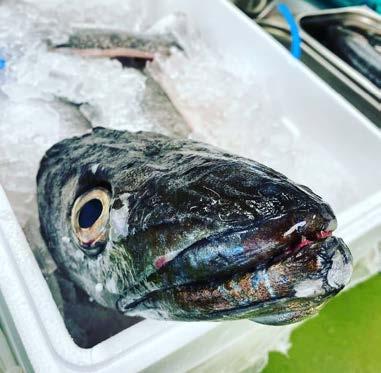
Charlie has taught classes as well: “We do classes focussing on one ingredient e.g: showing different carrots, how they can be cooked differently, why they taste different, so when pupils come to the canteen new flavours aren’t daunting.”
They’ve offered pasta-making classes. Children who were reluctant to eat pasta, happily tried it afterwards.
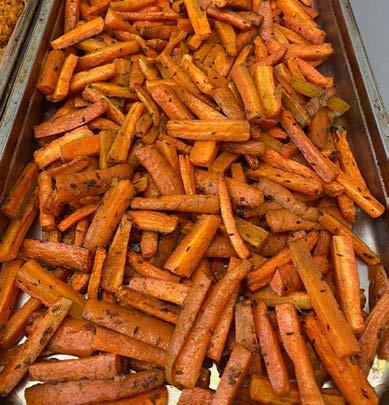
Visual recipe instructions were designed by Leah & JodySpeech & Language Therapists at Stormont House SEN school for children to use at home.
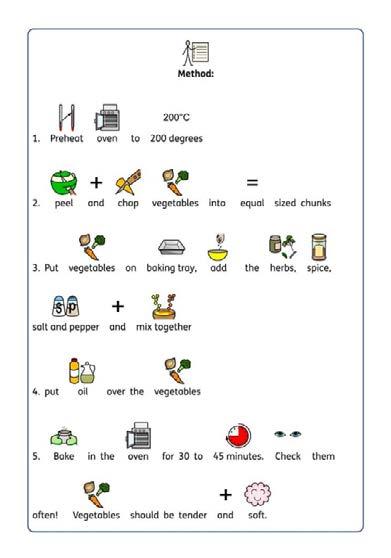

They also have a vegetable garden where children can plant seeds and learn about where food comes from.
CHARLIE SAYS: “WE’RE LUCKY TO HAVE A ROOF GARDEN HERE TOO, WITH RAISED BEDS AND A BBQ. OUR GARDENER GROWS PRODUCE THAT WE CAN USE IN THE KITCHEN. THE CHILDREN HELP US TURN IT FROM SEEDS, INTO SOMETHING THEY CAN EAT. I THINK THAT’S KEY FOR CUTTING DOWN FOOD WASTE. IF THEY KNOW THE EFFORT THAT’S GONE INTO GETTING SOMETHING ONTO A PLATE, I THINK THEY’RE MORE LIKELY TO EAT IT AND LESS LIKELY TO THROW IT AWAY.”
All of this encourages curiosity and interest in different types of food.
In The Dining Hall
In the dining hall, they’ve made changes across the day. Making sure breakfast is as fresh and tasty as lunch, can encourage children to try a varied diet.
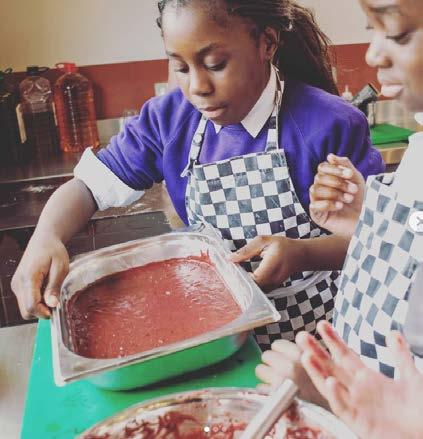
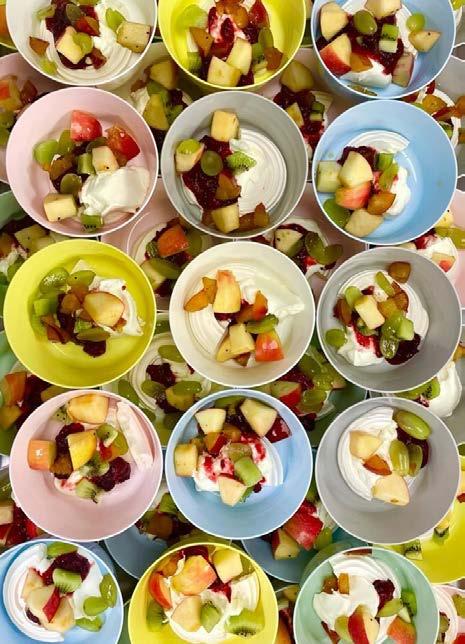
Charlie says: “The majority of the students at the school have autism and textures of food and flavours are really important. When we started to engage with pupils about the menus and introducing new flavours or textures, many of the children were used to soft textures, and vegetables without any crunch. We changed things gradually. Little steps like not boiling green beans for as long so they have some colour and crunch and we bake our own bread to control the quality.
“We made big changes too. Breakfast used to be toast and beans, sometimes bacon. We now have a porridge bar with fruit. Every Monday and Wednesday are veggie days and that’s going well.
Patience Is Key
“It’s important to introduce flavours gradually. Beetroot wasn’t popular with children until we served up Beetroot Brownies. Slowly we phased out the chocolate, adding more beetroot, so they became comfortable with how beetroot tastes, then we had beetroot salads and they were happy to try this as they were used to the flavour.”
Hidden Vegetables Introduce New Flavours
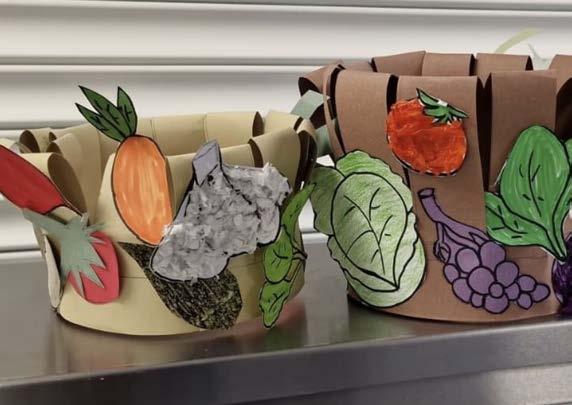
“We make a sauce for pizza and pasta that has seven vegetables in it – it’s seasonal and always changes but there are herbs, lots of veg all blitzed with a stick blender. They are enjoying that and the children who don’t want extra vegetables on top of their pizza, are still getting the goodness.
“Our tomato sauce is one way we’re reducing food waste. Monday, it’s for the pasta sauce – say a vegetable lasagne, leftovers are used in the pizza sauce on Wednesday and if there is any going spare I can freeze that to use the following week.”
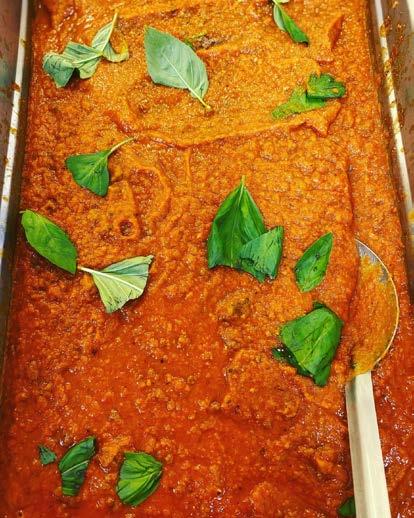
Head to page 25 for our Time-saving Tomato Sauce recipe.
Use Existing Resources
One of our school food heroes is Sergio, Head Chef at Ickburgh Schools, a SEN school in London. Sergio is a passionate participant in Eat Them To Defeat Them. He’s partial to broccoli-shaped headwear and has even dressed up as a giant piece of pasta to get children talking about food. He puts on displays of pictures and vegetables to make food interesting to look at. Working with teachers, he created artwork this year which was painted with flour and food colouring, allowing children with visual impairments to touch the art and feel the shape of it.










